Chestburster
Posted by Darkness on May 15, 2023 (Updated: 06-Sep-2023)
The Chestburster is the second stage of the Alien life cycle and has appeared in some form in every Alien film apart from Prometheus.
Characteristics
Generally, Chestbursters look like large worms and are beige in colour with sharp silver teeth and a strong tail which helps to move at speed. Some Chestbursters do possess arms and some of them do emerge fully formed, with arms, legs and an elongated head. Basically some are just smaller versions of the adult Xenomorphs that they become. It’s not really clear why this happens.
We can see fully-formed Chestbursters emerged from the dog on Fiorina 161, Oram on Planet 4 and the Praeto-Xenomorph came out fully formed from an Engineer, although the latter two were a different species of Xenomorphs. It’s possible that the Chestburster can wait until it’s further formed to have the strength to break free from a host.
The Chestbursters like the Xenomorph, also take on characteristics of its host. The clear examples of this are the Fiorina 161 Chestburster which walks on four legs like the dog it came from. The Predalien Chestburster also incorporates mandibles like the Predator.
Chestburster Stages
Stage 1 – Implantation
A Chestburster is usually implanted into a host by a Facehugger although a Predalien, that was a young Queen, was able to insert Chestburster embryos directly into hosts, forgoing the need for Alien eggs and Facehuggers altogether. It’s speculated that a Facehugger doesn’t implant an embryo itself but adds an unknown substance into the chest cavity of the host. The substance then causes the host’s cells to restructure which then causes the host to create the Chestburster using its own biological material.
It is thought that during the development of the Chestburster, Xenomorph genetic material is transferred back to its host. It’s due to this characteristic that the military scientists on the USM Auriga are able to take Ripley’s blood from Fiorina 161 and clone her 200 years later, along with the Queen Chestburster that was growing inside of her.
The Chestburster also takes genetic material from its host which then determines what characteristics it will have when it grows into an adult Xenomorph. It is designed to help the Xenomorph adapt to its environment when it emerges and to prevent the host’s immune system from attacking it while it’s gestating. The Predalien Chestburster had mandibles when it emerged from Scar Predator while Chestbursters emerging from four-legged creatures are quadrupedal Xenomorphs.
Stage 2 – Gestation
The gestation period of a Chestburster usually takes 8-12 hours after a Facehugger has detached from a host to the Chestburster bursting through. But the time can vary significantly, ranging from a few hours to a whole day. A Queen Chestburster appears to take 24 hours to incubate from the Facehugger detaching which is understandable given its more complex structure.
This gestation period may be due to a combination of factors including the age and health of the host, the age of the Facehugger infecting the host and the genetics of the Queen that produced the eggs. Kane on the Nostromo was attacked by a Facehugger that came from eggs on the Derelict that had been there for thousands of years. As a result, the incubation period of that Chestburster was the longest seen so far.
As the Chestburster grows, the host doesn’t show any obvious negative symptoms. Usually following a Facehugger detaching, the host has a sore throat and is hungrier than normal. This is thought to be due to the Chestburster leeching nutrients from the host for its own development. The development of a Queen Chestburster does cause more symptoms such as exhaustion, shortness of breath and chest pains. Nosebleed are also quite common. Symptoms do seem to vary from host to host. Some hosts feel healthier than normal following implantation.
It is theorised that the Chestburster causes increased levels of endorphins and adrenaline in the host’s blood stream. This might explain how, on the Auriga, Larry Purvis, one of the kidnapped civilians, was able to be shot several times and still overpower somebody, moments before the Chestburster emerged from him. Physical defects of the host also affect the development of the Chestburster. Larry Purvis had a genetic disorder which slowed the development of the alien. This meant that the Chestburster didn’t emerge until several hours after it should have. As the Chestburster’s development is dependent on the host’s health. If a host died, the Chestburster would die too. It is possible for a Chestburster to emerge from a dead host if it was suitably developed. This was seen on Fiorina 161 when the ox had died a few hours earlier but the Chestburster was still alive and burst out of it.
Stage 3 – Emergence
The host does experience some mild symptoms including chest pain, hours before the the actual emergence. But the actual emergence is fast and the host suffers from agonising pain, seconds before the Chestburster exists the host. The host suffers from severe pain in their chest, followed by convulsions. When the Chestburster emerges, it causes severe injuries, organs are ruptured and a lot of blood loss. The host almost always dies immediately.
A Chestburster has been seen to burst through all sorts of materials in front of somebody’s chest – Colonial Marines’ body armour doesn’t seem to stop them. It’s not clear if the Chestburster uses their acidic blood to help it burst through or it’s just the sheer strength of the creature that allows it to emerge through any material.
When the Chestburster initially emerges, it acts aggressively to anybody in the vicinity by snarling, screeching and thrashing. It is extremely vulnerable with soft tissue that can easily be injured but it still has acidic blood. The creature is long, slender and snake-like in appearance with a long tail which it uses to propel it along.
If it’s in a busy area, the Chestburster will immediately escape, perhaps through vents, and find a safe space and wait until it matures into an adult Xenomorph. If hosts witness a Chestburster emerging and realise they have one inside them themselves, many will attempt to kill themselves anyway. Hosts can be put in stasis which is known to stop the development of the Chestburster.
Stage 4 – Growth
When Chestbursters have emerged, they do grow quite quickly, within a few hours. When they have found somewhere to hide, they’ll try to find sustenance to increase their size. Chestbursters don’t tend to use the host’s body as sustenance. The bodies found on LV-426 had varying amounts of decomposition and didn’t appear to be used as a food source. The Nostromo Chestburster seemed to grow with very little sustenance so what the creatures eat seems to be unknown. One theory is that due its biomechanical physiology, it eats inorganic material such as mineral deposits. Perhaps, it feeds on its environment where carbon compounds like steel can be found.
As the Xenomorph grows, it will shed its skin like a reptile. When Brett was searching for the Xenomorph on the Nostromo, just before encountering it, he found its skin that it had shed. This was in the Mining and Excavation Storage area so it’s possible, mineral deposits could have been left over in the machinery.
Chestburster Size
The size of the Chestburster seems to be relative to the host it came from. It seems to grow until it runs out of space in the host. However, the size of the adult Xenomorph that it grows into seems to be the same relative size regardless of the host. This theory is supported by the Chestburster that emerged from the ox on Fiorina 161. It had an uncanny resemblance to its adult stage – it’s head was fully developed, it had use of its limbs, it already had an inner haw, its tail was proportioned to its body and its exoskeleton was distinct. But the adult version turned out to be to be a similar size the Xenomorphs born from human hosts.
It was speculated that the Chestburster that emerged from the fossilized Space Jockey in the Derelict must have been huge but perhaps the adult version of this creature wasn’t. The alternative idea is that Chestburster that emerged from the Jockey transformed into a Queen.
Surviving a Chestburster
When a Chestburster emerges from a host, it is always fatal for the host but it is thought to be possible to surgically remove a Chestburster before it emerges. On the USM Auriga, military scientists successfully removed a Queen Chestburster from a cloned version of Ripley. She subsequently made a full recovery but it’s has been theorised the only reason she recovered was due to her incorporating Xenomorph DNA into her genetic makeup. It is speculated that in normal circumstances, even if a Chestburster was removed, the substance that the Facehugger implanted initially would cause further health issues for the host regardless and they would eventually die.
Chestburster Variations
In addition to a normal human-born Chestburster, there’s a few other variations including in this article:
- Queen Chestburster – It appeared on Fiorina 161 and on the USM Auriga.
- Bambi-Burster – It appeared on Fiorina 161.
- Predalien Chestburster – It appeared on the Predator mothership.
Chestburster Movie Appearances
- Alien (1979)
- Aliens (1986)
- Alien 3 (1992)
- Alien Resurrection (1997)
- Alien vs Predator (2004)
- Alien vs Predator Requiem (2007)
- Alien Covenant (2017)
You can continue on reading to see more information relating to each Chestburster in each film.

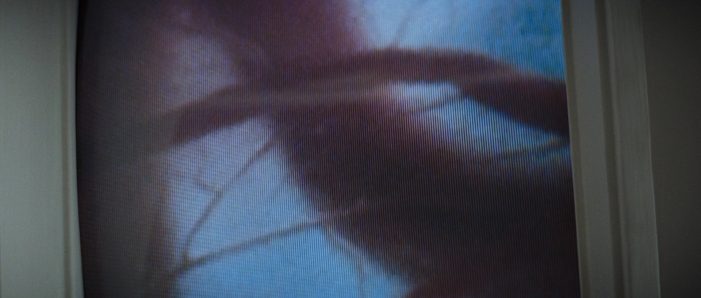
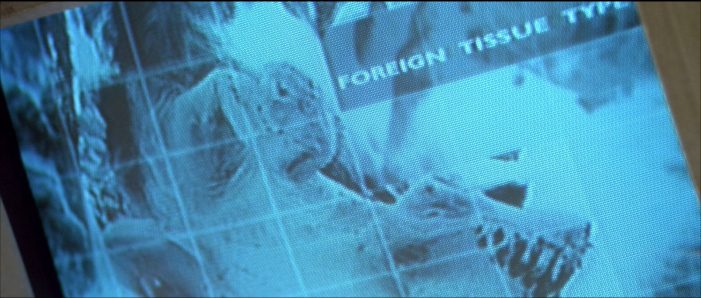
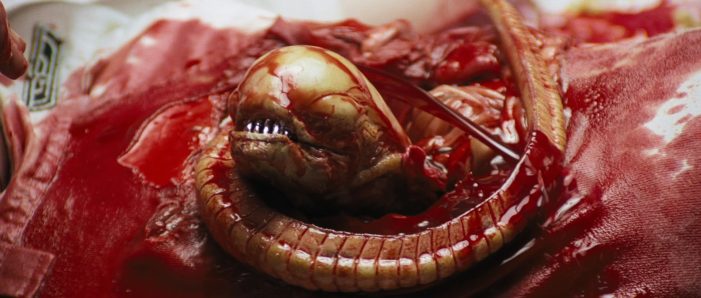
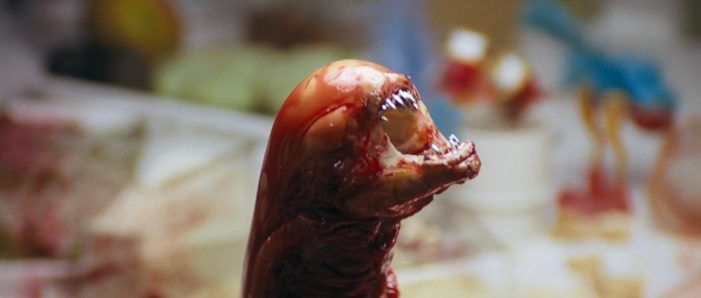
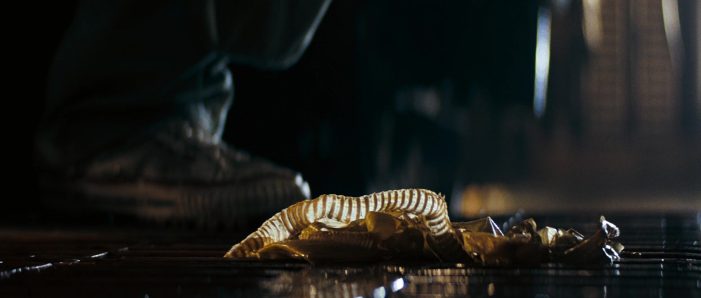
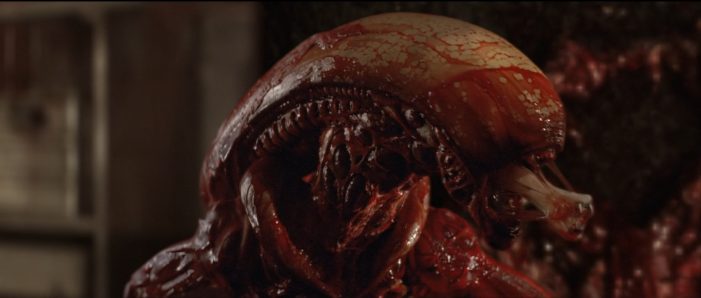
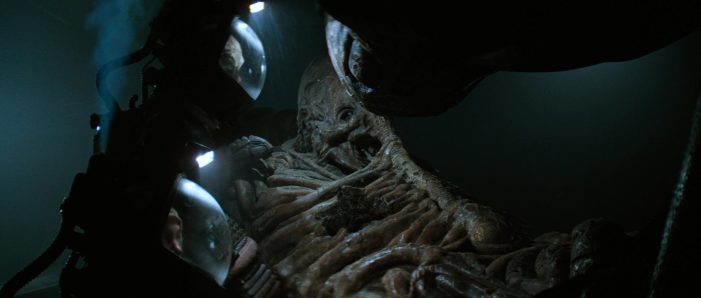
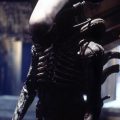
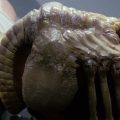
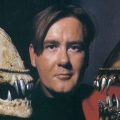

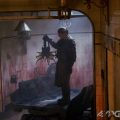
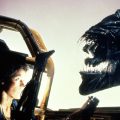
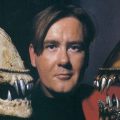
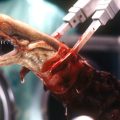
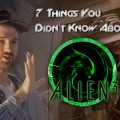

Why do the Chestbursters in AVPR look different?
I Like The Chestburster.